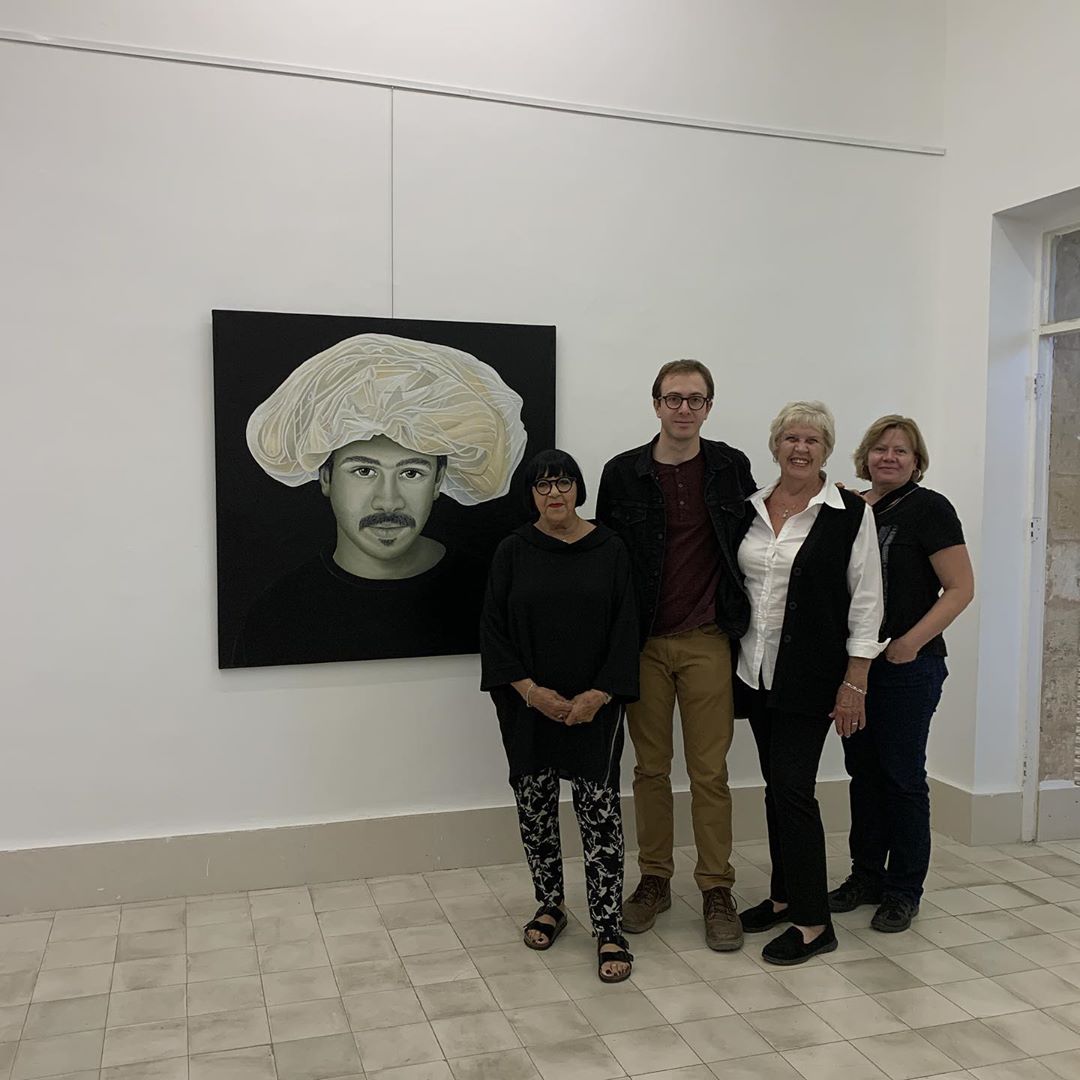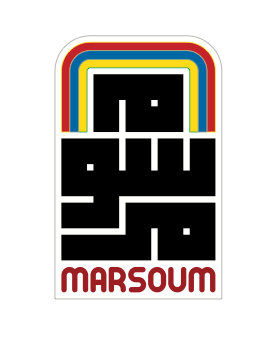
Introducing: Bente Christensen-Ernst by Art Historian Paula Domzalski MA
Share
Objects in Hyperrealism by Bente Christensen-Ernst
Bente Christensen-Ernst does not invite us into her world meekly. Her hyper-realist, in-your-face images defy any guessing- games or sense of ambiguity. They command attention and will not be overlooked. Party to a present-day world of very speedy image-consumption, the onlookerdelights in the gratification of instant recognisability. One glance and we’ve passed the threshold into a mimetic world. This is easy! Here a couple of pears, celebrating the lush textures and colours of the physical world, there a grenade; here are two women window-shopping and over there ripe olives nestling among their leaves. A style inflated with recognisability. At first glance.
So let’s start again and go into second-glance mode. Past the diagnostic into a deeper philosophy on the surface, and, without wanting to paraphrase Alice, a Wonderland opens up before us. A parallel universe stamped with its own “form-sense”, underpinned by a four hundred year old Western tradition of nature morte, where we think we are looking at reality but we are not. A universe characterized by skilful brushwork, taut, referential composing, larger-than-life figurative construction, bringing a sort of pictorial majesty to the mundane, a sort of highly-focussed underpinning of the value of imagery in art. This essentially is Hyperrealism. Categorizations are dangerous, and sometimes just aid the sloppy, but it is impossible to look at Bente Christensen’s oeuvre and notplace her in this genre.
Objects in Hyperrealism – the sequitur of Pop Art – although photographic in essence are meticulously detailed to create the illusion of a reality not seen in the original photo used to gather the initial information. This tension between the supposedly real and the heightened unreal is what makes us want, more and more, to look at and be drawn in by the ironic originality of Bente’s world. Coupled with her almost playful use of metaphor she seduces us with her brand of narrative via the titles of her work. This is a world where fish are a mixture of fauna and flora, (Nevizade 2007,) with mouths and eyes ringed by tendrils, fins like leaves. Fish or illusion? A close-up of blackberries – one very much darker than the rest –are not there to be eaten but to remind us of racial inequality (“Harlem”). A green and a red pepper entwined in an almost human embrace tells us of “Young Love”. A potato-like form, veined and stained, crowned with shoots that could be innards, tendrils or even strangely-humanoid forms, reminds us of the transient nature of life with its title “Out of Fashion”. A portrait of her husband in a fez throws a playful light on a Danish-Turkish culture mix. A hugely amusing portrait of a pug dog is titled “A Young Danish Art Critic”.

Bente Christensen’s metaphorical “cludo” comes into its own in the politics of the exhibition’s title: “At the Syrian Border”. Here the irony-charged content of her work voyages into more threatening waters. To paraphrase the art critic RC Morgan, she has taken the images of our time and transformed them into powerful symbols of political endorsement. As in: “Are you looking at Me?”, a monumental close-up of a pair of penetrating eyes shrouded by a Palestinian scarf. The audacity of the question by someone staring so pointedly does not soften the threat. The enjoyment evoked by the almost sensuous depiction of the eyes and eyebrows is in certain conflict with the message. “Bashful Virgins “, a bunch of tightly-closed daffodil buds, reminds us of a woman’s role - or at least, that which is expected of her- in that border region. “Capital Punishment”, a cut-offfish’s head and “Battlefield”, a tour de force of halved green and red peppers, are free-floating signifiers of all that’s happening in those troubled areas. “Window Shopping in Damascus”, two beauties in mauve and blue chadors and designer sunglasses, stylized into bright red-lipped window mannequins remind us of easier more happy-go-lucky-days.
Bente Christensen indicates truthiness with paintings that contemporaneous with the Syrian war are full of reference to the tensions of the region. Her exhibition title aims to do this too but the artist is not a bold provocateur. She is an anecdotal portraitist – I specifically include all flora and fauna here ! Her work is a stark contrast in mild but very accentuated irony to, let’s say, the distinct visual language and at times agressively-charged content of a Taner Ceylan. Bente Christensen provokes thought and prompts a smile of recognition, without aggression. Her title and subsequently the works of the exhibition are an homage to a dual-cultured life – the artist lives for ca. six months of the year near just such a Syrian border – and the unavoidable tensions linked to the conflict-ridden region nearby.
With such hyper-realistic and graphically confident compositions, the viewer often wonders how this is attained. Without wanting to take the wizardry out of the mastery let’s see in the artist’s own word what she does: “I add objects or I simplify. I stylize things trying to paint the idea, if possible turning it into a metaphor......Sometimes I leave things out. I use normal brushes, sometimes I use my fingers..... I use my own photos which I manipulate and at times I change the settings and colours. I draw the work on the canvas before painting the object. With portraits I first take many photos...then I start painting.....”
The final word goes to the “sister-in-arms” for all Hyperrealist painters, the “Mother of American Modernism” Georgia O’Keeffe, whose paintings of enlarged blossoms, presented close up as if seen through a magnifying lens, played on ambiguous association. Bente goes many steps further and elevates hers to humour.
“It is only by selection, be elimination and by emphasis that we get the real meaning of things”.....
Thank you Bente for leading us – not meekly – into the meaning of things.
Paula Domzalski MA Art Historian, Curator

